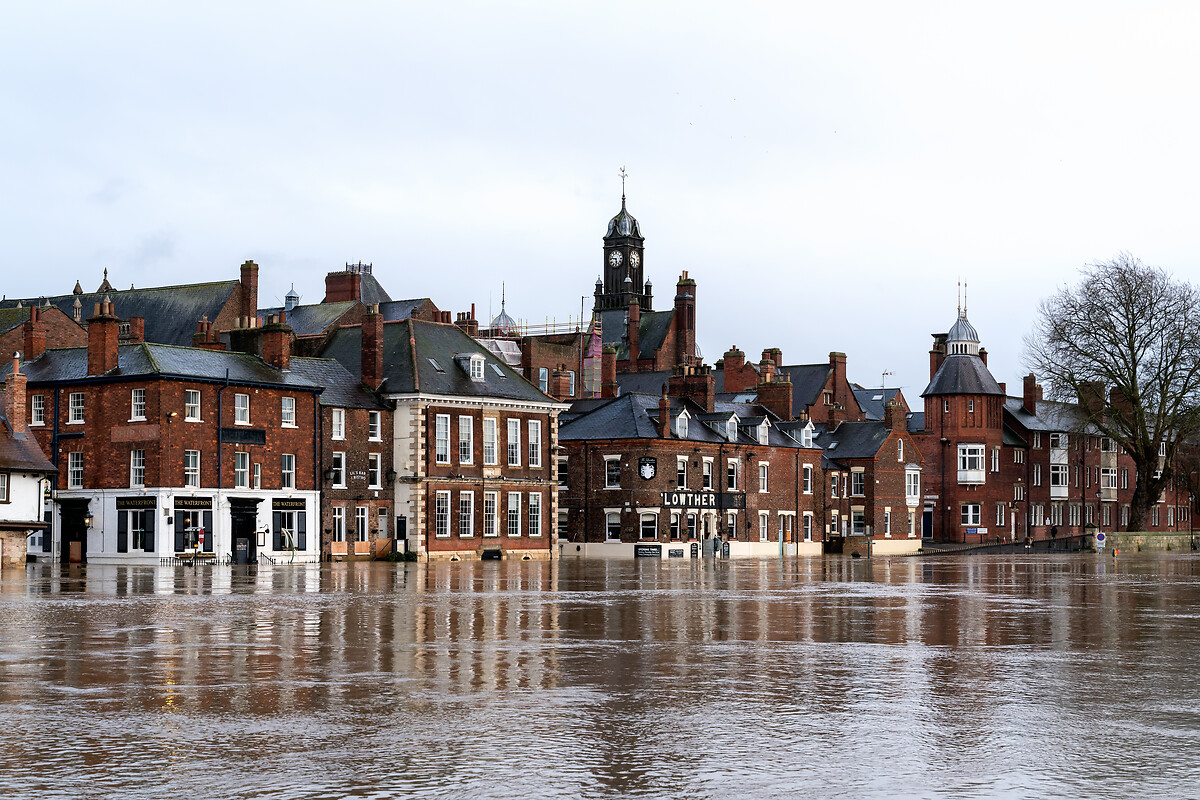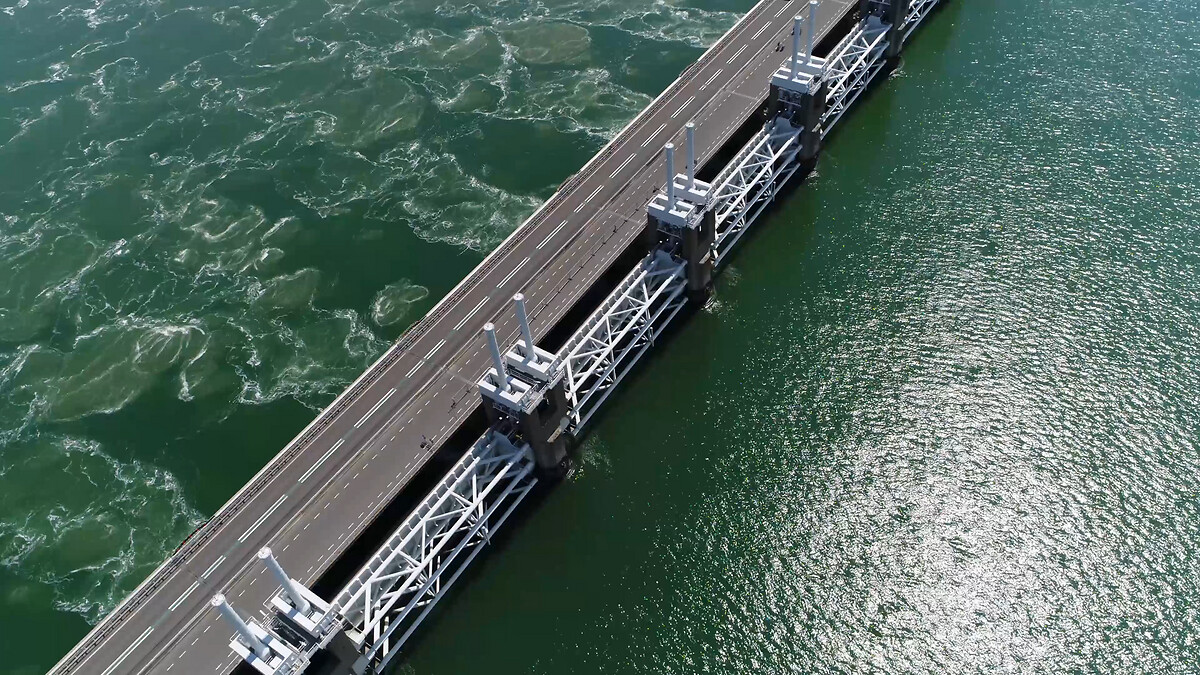> Tags: Climate resilience, Insurance, Sea-level rise, Subnational
> Themes: Climate change, Finance
> Countries: Australia, United States
> Last updated: 04 June 2020
Download PDFPolicy in practice
Economic instruments, such as property risk disclosure, can be well-suited to reducing coastal risks. They can result in lower costs to the public, flexible and efficient use of space and help ensure individuals are aware of coastal risks.
Property risk disclosure is the release of information about a property that is vital to a potential buyer’s decision. It offers a potential tool by which buyers can become informed about both a home’s history of damage and its exposure to future coastal flood and erosion risk. Sea-level rise property risk disclosure can be either voluntary or mandatory. Mandatory disclosure has the benefit of higher compliance rates among sellers and levelling the field; however, it remains uncommon. Only a select few subnational jurisdictions apply mandatory property risk disclosure for coastal risks, such as:
California, United States: since 1998, sellers have been required to complete statements informing buyers if the property is located in a “special flood hazard area”. An updated 2017 law obliges sellers to provide greater information to tenants on where they may obtain guidance on coastal flood hazards.
Florida, United States: since 2006, sellers of coastal property seaward of the Coastal Construction Control Line have been required to inform potential buyers that their property “may be subject to coastal erosion and to federal, state or local regulations that govern coastal property”.
Victoria, Australia: property sellers must notify buyers on whether the municipality has classified the area at risk of flooding and whether further redevelopment has been prohibited.
Key policy message
Economic instruments, such as property risk disclosure, can be well-suited to reducing coastal risks.



